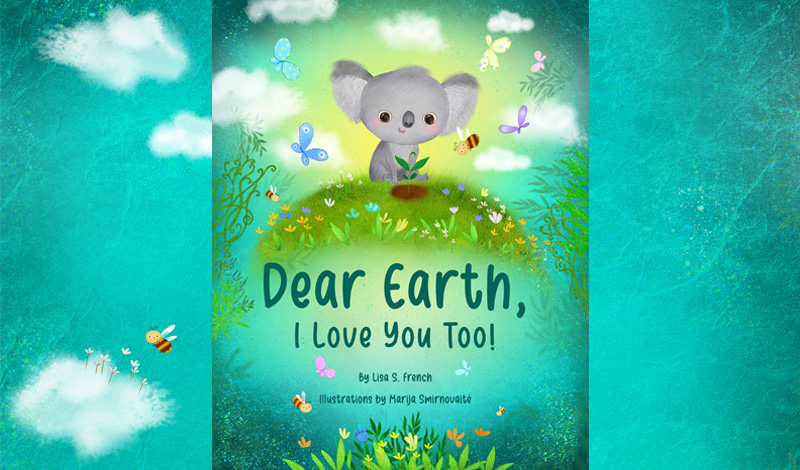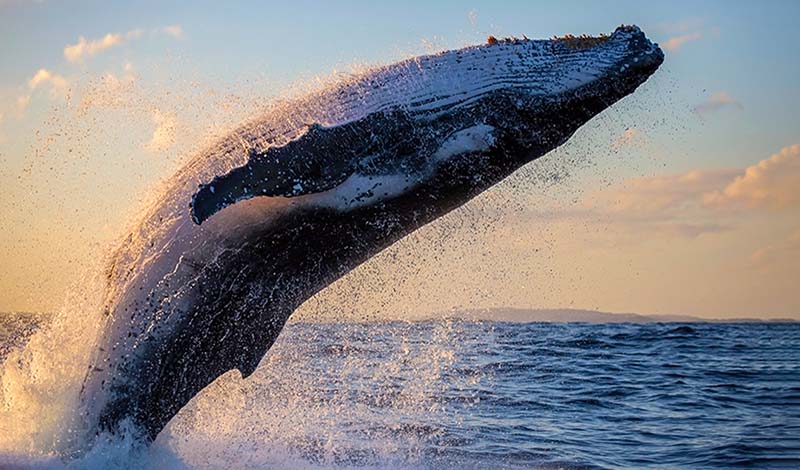
2-minute read
Just when we thought sea otters couldn’t possibly be more lovable, researchers at Sonoma State University have discovered that the bewhiskered marine mammals, aka kelp keepers, are also helping to save Monterey Bay’s coastal salt marsh, the Elkhorn Slough—one tasty crab dinner at a time.
The Elkhorn Slough, a seven-mile stretch between Santa Cruz and Monterey, is home to an amazing variety of wildlife, including 340 bird species, 550 invertebrates, and 60 mammals. Salt marshes like the Slough are among the most threatened ecosystems on Earth. And why is saving salt marshes important? Well, they are invaluable ecosystems that help protect shorelines, store carbon, and promote healthy fisheries, in addition to supporting thousands of species of plant and animal life.
According to the Sonoma State researchers, striped shore crabs, left unchecked by natural predators, have been disrupting the soil and eating the roots of marsh plants that hold the shoreline of the Slough together, contributing to almost a foot of erosion every year.
Enter the hungry, hungry sea otters, enthusiastic consumers of the burrowing crustaceans. In areas of the salt marsh where the once plentiful native otters were reintroduced, erosion was reduced by 2/3, helping to maintain this critical habitat for all wildlife.
By protecting the sea otters that keep runaway grazers like striped crabs from disrupting coastlines, we can reduce erosion, protect marine habitat that supports native wildlife and help cool the planet—that’s a conservation triple win—otterly amazing!

ICYMI Nature News
It’s Beautiful Out There
If you need to rest your eyes on something restorative amid bleak mid-winter, the Nature Photo Contest winners have been announced, and you can see their work right here.
When Whales Walked the Earth
Did you know that seal-like whales used to walk the shores of North America? Find out how they moved from land to sea from the Smithsonian Magazine.
Flaco’s Year of Freedom
It’s been a year since Flaco the owl escaped from the confines of the Central Park Zoo and took up residence on NYC’s Upper West Side. How is the feathery fellow, and what’s he been doing? NPR has thoughts on his free-bird-a-versary here.
The World’s Oldest Forest Two Hours From NYC
Would you like to visit a forest that existed when dinosaurs roamed the Earth? You don’t have to travel to the heart of the Amazon because the world’s oldest forest was recently discovered just two hours north of NYC.
Silk Spinning Crustaceans
If you thought that spiders were the only creatures capable of spinning silk, scientists at the University of California would like you to meet these crafty crustaceans.
Big Bear Valley Eagle Nest Cam
Looking for some animal cam comfort? Magnificent bald eagles Jackie and Shadow are back on the roost, protecting their eggs from the elements. You can keep tabs on the dedicated parents and future hatchling happenings here.




































































